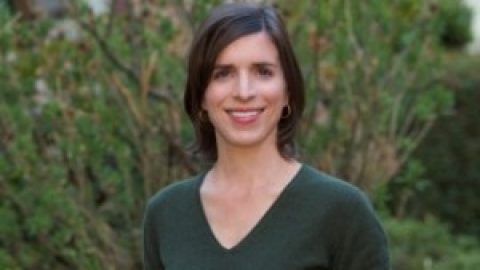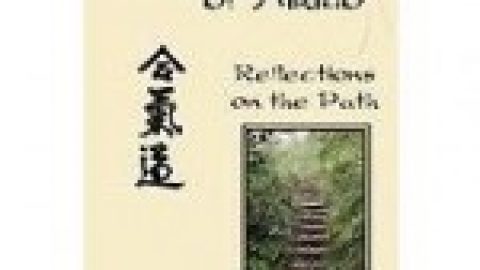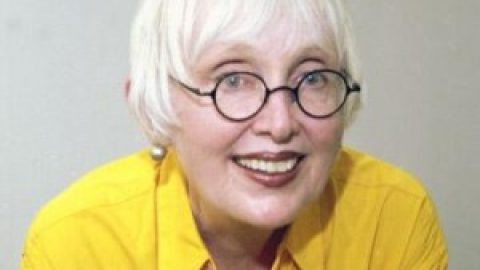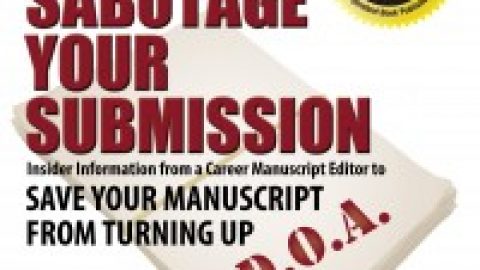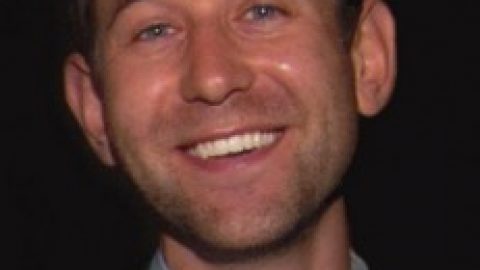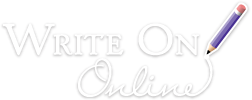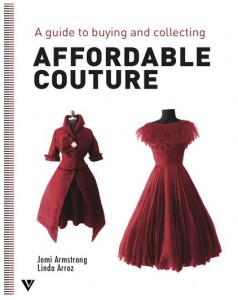 Linda Arroz is a writer, consultant, producer in the realm of upscale lifestyle and a former Hollywood Stylist. She wrote Affordable Couture, which will be released this month, with Jemi Armstrong, an author, fashion illustrator, jewelry designer and professor of fashion art and history. Arroz shares their writing process, insights on collaborating, and more in this Author Q&A.
Linda Arroz is a writer, consultant, producer in the realm of upscale lifestyle and a former Hollywood Stylist. She wrote Affordable Couture, which will be released this month, with Jemi Armstrong, an author, fashion illustrator, jewelry designer and professor of fashion art and history. Arroz shares their writing process, insights on collaborating, and more in this Author Q&A.
Why did you write Affordable Couture?
A colleague and long time friend, Jemi Armstrong, asked me to partner with her on the book. She had been approached by a publishing executive at a conference a few years ago, then the executive lost her job.
When this executive landed a plum job at a London publishing house, she reached out to my friend, who is a professor at Santa Monica City College and a fashion illustrator, and requested book ideas for their new series called Affordable.
The publisher, Vivays Publishing, had already completed Affordable Contemporary Art. Affordable is a good concept, as the economy has people re-thinking everything about they way they spend money and make purchases.
Jemi and I both have a lot of experience and interest in the topic.
How did the two of you decide what to include in the book?
We had a lot of conversations about the idea of the book and from those dialogues, we were able to narrow down the key elements that should be in a guide book and from there we wrote a comprehensive proposal that included chapter headings and descriptions.
What was your favorite part of writing Affordable Couture? The greatest challenge?
My favorite part of writing the book was doing the research and interviews. It’s exciting to learn about things one is interested in when speaking with top authorities on the topic. Having a book deal opens a lot of doors when you need to talk with an expert. The greatest challenge was finding vintage, couture and resale shops in cities like Tokyo and Milan. Our publisher had asked us to include a roster top shopping destinations in six international cities.
My co-author took a trip to Paris and Berlin to get first hand information about those cities. I used translators, my network of colleagues and friends, including crowdsourcing techniques, to find stores in Milan and Tokyo.
The city directory was the hardest part because of the different time zones and languages, and if you’ve ever tried to collect information and fact check it when you don’t speak the language, well, it’s quite an experience.
I called the tourism bureaus of both Japan and Italy for assistance in fact checking, particularly when it came to formatting addresses, as websites and internet searches bring up a variety of formats.
How did you go about getting it published?
As I mentioned, we got lucky, as the publisher approached Jemi and we simply submitted a well thought-out proposal, and they approved it right away.
What are some of the unique things you are doing to promote the book?
A dry cleaner in Burbank, CA, caters to the studios and an affluent area. They offer designer hand bag repair and restoration, as well as couture cleaning services. I approached them about doing a book signing, since these services dove tail nicely with the advice and topic of the book. It doesn’t hurt that they have a 15,000 email/mailing list, are very active on Facebook, and are known for their concierge services. … They are a one-stop shop and the customers are loyal, so I thought it would be fun to do something different.
While this isn’t so different, I’m looking for vintage and designer resale shops in cities where I have friends, and am planning to approach not only the stores, but local media in an attempt to mix business with pleasure.
I’m also working with an internet channel to develop a series of videos that incorporate tips from the book.
In what ways is writing a book different than/similar to article writing?
The way that writing a book is similar to writing an article is the structure of writing a chapter. A chapter has a beginning, middle, and an end, wrapping up the focus of the topic neatly.
And that is how I approached it. We broke down the book chapters and we assigned ourselves the work, deciding who was going to write what chapter, and then we began our writing.
Articles usually feature experts or quotes and so reaching out to the experts, setting up the interviews, etc. is the same for a book.
Do you have advice for non-fiction writers?
I think non-fiction must be easier than fiction, because you have a lot of information at hand about any topic at your fingertips with one click of the mouse. Experts like to talk about their area of interest, fact checking is available from a variety or resources. However, I do think it takes more time than we think it will, because you have to be persistent to get the interview, follow up and make sure things don’t slip through the cracks.
A running list of things to do, along with keeping track of articles and new information constantly coming out, is important.
Do you have advice for those collaborating with other writers?
It’s important to read the other writer’s work and understand how your writing complements each other. Also understand in advance the way you both work, what your working/writing habits are.
Misunderstandings can happen when you approach the work from different perspectives. Attempt to put your ego and emotions aside in order to receive input and criticism when you are reviewing the work, and have the courage to speak up when you either don’t understand, like or agree with what the other writer has written. Your name is going to be on that book forever and you want it to represent your truth.
And it’s vital to run things by the other writer, versus arbitrarily making editorial decisions without running things by your co-author. You’re a team and sometimes writers are so used to working solo, it’s hard to collaborate or compromise on the information and the way it’s presented.
What do you know now that you wish you knew at the beginning of this project?
I underestimated the actual time it would take to research and compile the city directories, which was a surprise, because when I was a magazine editor we did round-ups all the time and they were fun and fast to do.
Also, we never actually talked about how the book would look, since the publisher has the vision for the way the book will look. But during the writing, we came up with ideas for pull quotes and check lists, and it took some extra time to go back and edit for that information. We never sat down with a pile of guides and books about out topic to analyze what we liked or didn’t like about them.
Tags: Affordable Couture Fastion Jemi Armstrong Linda Arroz Non-fiction Writing


